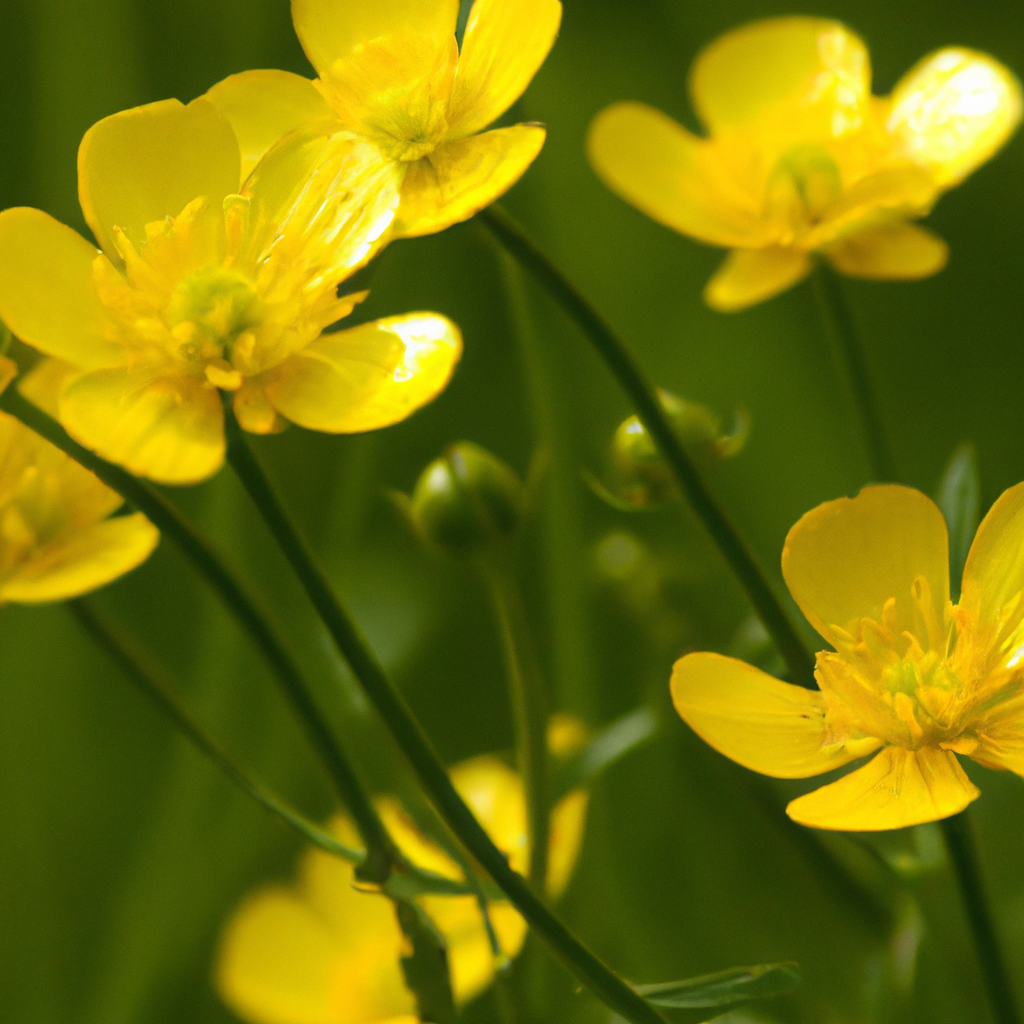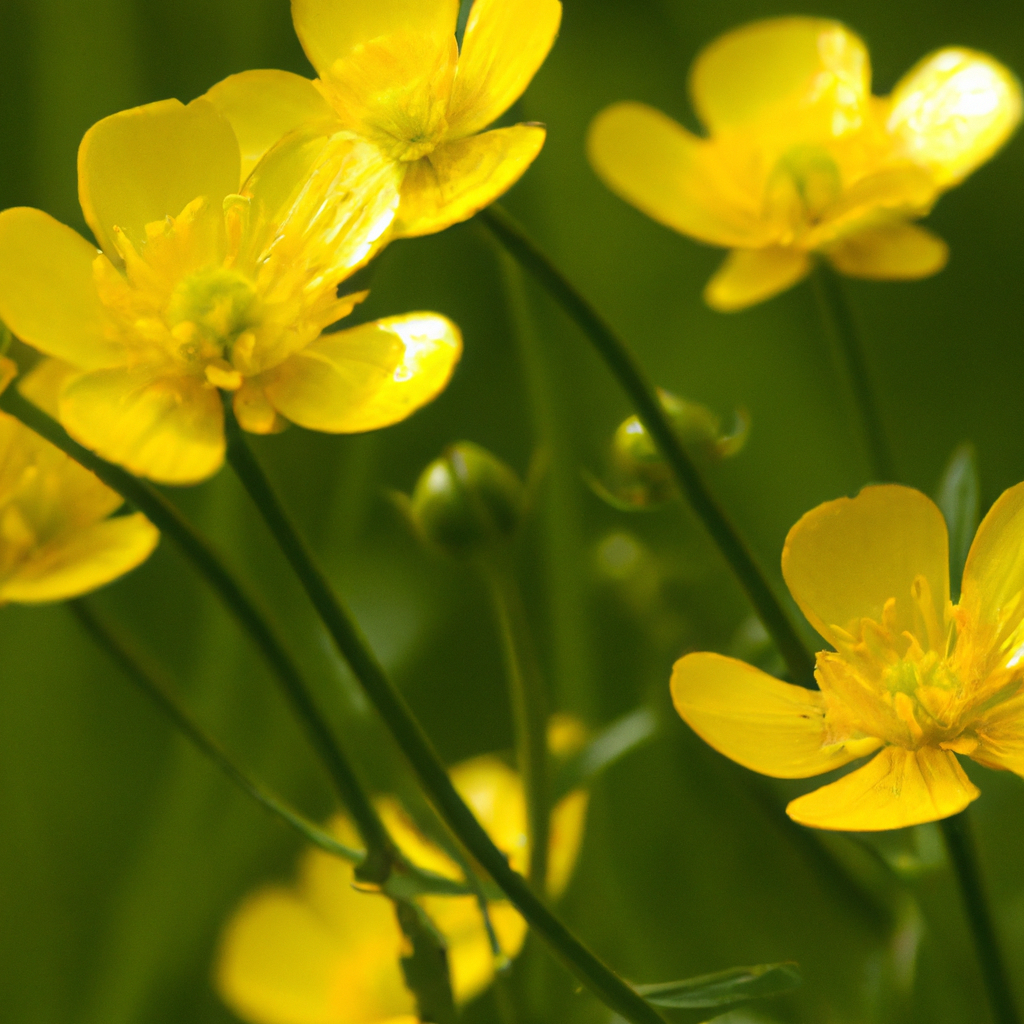Imagine walking through a field, surrounded by a vibrant tapestry of colorful wildflowers. Each bloom seems to carry its own unique charm, perfectly adapted to its environment. In the enchanting world of wildflowers, every petal tells a story, revealing the remarkable ability of these resilient plants to thrive in a wide range of environments. From arid deserts to lush meadows, this article explores the magic of wildflowers and uncovers the secrets behind their adaptability and beauty. Join us as we embark on a journey through the diverse landscapes where wildflowers flourish, and discover the wonders that make them truly captivating.
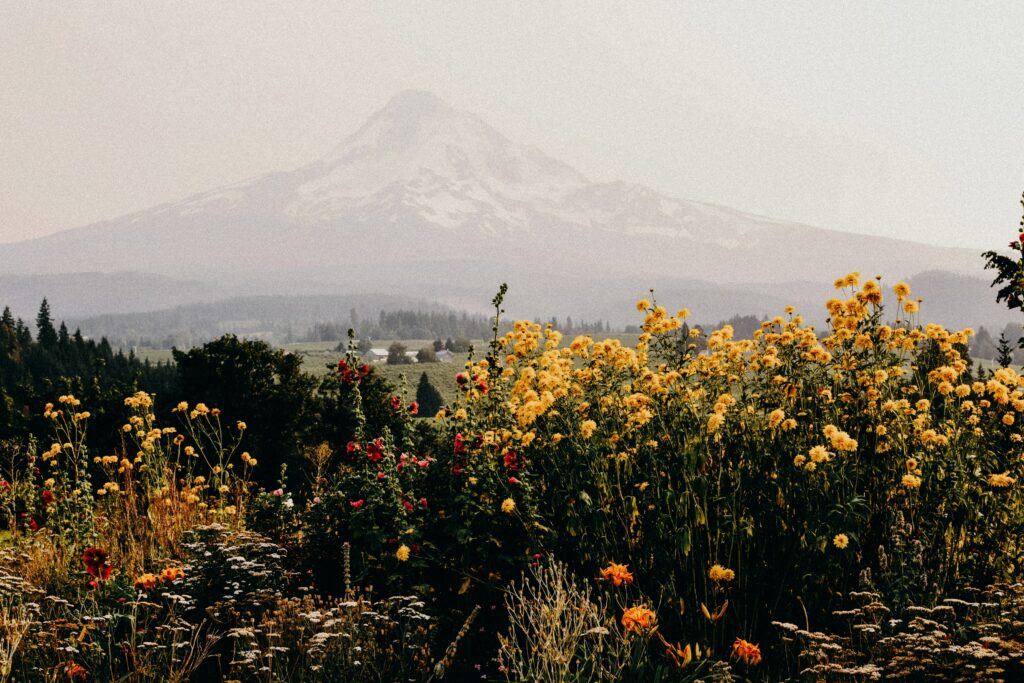
Understanding Wildflowers
What are wildflowers?
Wildflowers are beautiful plants that grow in their natural habitats without any human cultivation. They are not deliberately planted, but rather they grow freely and abundantly in various environments. Wildflowers can be found in meadows, grasslands, mountains, coastal areas, deserts, wetlands, and marshlands. They come in a wide variety of colors, shapes, and sizes, adding a vibrant and natural touch to the landscapes they inhabit.
Importance of wildflowers in ecosystems
Wildflowers play a vital role in ecosystems. They provide food and shelter for a wide variety of animals, including insects, birds, and mammals. Many insects, such as bees and butterflies, rely on wildflowers for nectar, which serves as their main source of food. In return, these insects play a crucial role in pollinating the wildflowers, allowing them to reproduce and produce seeds. Wildflowers also help to prevent soil erosion and provide habitats for numerous microorganisms. Moreover, they contribute to the overall beauty and biodiversity of our natural landscapes.
Common types of wildflowers
There are numerous types of wildflowers found across the world. Some common examples include daisies, sunflowers, poppies, wild lupines, asters, goldenrod, and Indian paintbrush. Each of these wildflowers has its unique characteristics and qualities, making them visually stunning and ecologically important. Exploring the diverse world of wildflowers reveals the magic and wonder of these incredible plants.
Factors Affecting Wildflower Growth
Sunlight and its impact on wildflowers
Sunlight is one of the most crucial factors affecting the growth of wildflowers. Most wildflowers require a certain amount of sunlight to carry out photosynthesis, a process by which plants convert sunlight into energy. Different species of wildflowers have varying sunlight requirements, with some preferring full sun exposure, while others thrive in partial shade. Understanding the sunlight needs of different wildflowers is essential when planning to grow them in your garden or appreciating their beauty in their natural habitats.
Soil composition and its influence
The composition of the soil greatly influences the growth and development of wildflowers. Different species of wildflowers have specific soil preferences, with some favoring well-drained soil, while others thrive in moist or sandy soil. The pH level of the soil also plays a significant role, as some wildflowers prefer acidic soil, while others prefer alkaline soil. To cultivate wildflowers successfully, it is important to assess the soil composition and make any necessary amendments to create an environment conducive to their growth.
Water requirements for wildflower survival
Water is an essential element for the survival and growth of wildflowers. The amount of water a wildflower requires depends on its specific needs and the environment in which it naturally occurs. Some wildflowers are adapted to arid or drought-tolerant conditions and can survive with minimal water, while others thrive in moist or wetland areas. Understanding the water requirements of different wildflower species is crucial for their successful cultivation and conservation.
Temperature and climate considerations
Temperature and climate have a significant impact on the growth and distribution of wildflowers. Different species of wildflowers have specific temperature requirements, with some preferring cool climates, while others thrive in warmer regions. Extreme temperatures or prolonged periods of frost or heat can be detrimental to wildflowers. Additionally, some wildflowers have adapted to specific climate conditions, such as high altitudes or coastal environments. Considering temperature and climate factors is essential when selecting and cultivating wildflowers in various regions.
Wildflowers in Varying Environments
Wildflowers in meadows and grasslands
Meadows and grasslands are natural habitats where wildflowers thrive. These environments provide the perfect balance of sunlight, water, and nutrients for wildflower growth. Common wildflowers found in meadows and grasslands include goldenrods, coneflowers, black-eyed Susans, and various species of grasses. These vibrant and diverse landscapes offer a feast for the eyes and are a crucial component of the overall ecosystem.
Adaptation of wildflowers in mountainous regions
Mountainous regions pose unique challenges for wildflowers due to extreme variations in altitude, temperature, and soil conditions. However, many wildflower species have adapted to these challenging environments and can be found dotting the mountain slopes and valleys. Examples of wildflowers in mountainous regions include alpine forget-me-nots, mountain avens, lupines, and columbines. These hardy and resilient plants showcase the immense beauty and adaptability of wildflowers.
Thriving in coastal and shoreline areas
Coastal areas and shorelines are home to a variety of wildflowers that have evolved to withstand the harsh conditions of salt spray and shifting sands. Beach daisies, sea lavenders, beach roses, and seashore lilies are just a few examples of wildflowers that thrive in these environments. Their unique adaptations and ability to withstand the relentless winds and salty air make them a testament to the resilience of wildflowers.
Wildflowers in deserts and arid environments
Deserts and arid environments may seem inhospitable, but they are also home to some of the most fascinating and beautiful wildflowers. These plants have adapted to survive in extreme heat, limited water availability, and sandy or rocky soil. Desert marigolds, prickly pears, desert sunflowers, and Joshua trees are just a few examples of wildflowers that can be found in desert regions. Their ability to thrive in such challenging conditions is truly remarkable.
Surviving in wetlands and marshlands
Wetlands and marshlands provide unique habitats for a variety of wildflowers. These water-saturated environments support a rich diversity of plant life, including water lilies, cattails, marsh marigolds, and sawgrass. These wildflowers have adapted to their surroundings, with specialized root systems and the ability to tolerate waterlogged soils. The beauty and importance of wetland wildflowers cannot be overstated, as they contribute to water purification, erosion control, and provide essential habitats for countless species.
Endangered and Rare Wildflowers
Understanding endangered wildflowers
Unfortunately, many wildflower species are at risk of becoming endangered or extinct. Factors such as habitat loss, pollution, over-harvesting, and invasive species pose significant threats to their survival. Endangered wildflowers are those that face a high risk of extinction if immediate conservation efforts are not implemented. These unique and irreplaceable species deserve special attention and conservation measures to ensure their long-term survival.
Conservation efforts and protection of rare species
Conservation organizations and botanical gardens play a crucial role in protecting and preserving rare and endangered wildflowers. Efforts such as habitat restoration, seed banking, and public education initiatives help to raise awareness about the importance of wildflower conservation. These efforts aim to safeguard the genetic diversity of wildflowers and ensure the survival of these incredible plants for future generations.

The Role of Insects and Pollination
Insect pollinators and their significance
Insects play a crucial role in the pollination of wildflowers. As insects move from flower to flower in search of nectar, they inadvertently transfer pollen between the reproductive parts of the plant, allowing for fertilization and seed production. Bees, butterflies, moths, flies, and beetles are among the most common insect pollinators. Their significance in the life cycle of wildflowers cannot be overstated, as they ensure the continuation of these beautiful plants.
Mutualistic relationship between insects and wildflowers
The relationship between insects and wildflowers is mutualistic, benefiting both parties involved. Wildflowers provide insects with a reliable source of nectar and pollen, serving as a vital food source. In return, insects inadvertently assist in the pollination process, ensuring the reproductive success of wildflowers. This symbiotic relationship highlights the interconnectedness and interdependence of the natural world.
The role of bees, butterflies, and other pollinators
Bees and butterflies are perhaps the most well-known and important pollinators of wildflowers. Bees, specifically honeybees and bumblebees, are highly efficient pollinators due to their behavior of consistently visiting the same type of flower. Butterflies, on the other hand, are attracted to a broad range of wildflowers, making them excellent generalist pollinators. Other pollinators, such as beetles and flies, also contribute to the pollination process. The diversity of pollinators ensures the successful reproduction of wildflower species.
Tools and Techniques for Cultivating Wildflowers
Choosing the right wildflower species
When cultivating wildflowers, it is essential to choose the right species for your specific region and growing conditions. Consider factors such as sunlight, soil composition, water availability, and climate to determine which wildflowers will thrive in your garden or landscape. Consulting with local nurseries or gardening experts can help you select the most suitable wildflower species for your needs.
Preparing the soil for wildflower growth
Preparing the soil is a crucial step in successfully cultivating wildflowers. Clearing any existing vegetation, removing weeds, and loosening the soil helps create an optimal environment for wildflower seeds to germinate and grow. Adding organic matter, such as compost, can improve soil fertility and drainage, promoting healthy and robust wildflower growth. It is also important to ensure that the soil is free from any chemicals or toxins that could harm the wildflowers.
Seed sowing and propagation methods
Seed sowing is the most common method of propagating wildflowers. Depending on the species, seeds can be directly sown into the prepared soil or started indoors and transplanted later. Following specific seed sowing instructions, such as scarification or cold stratification, may be necessary for certain wildflower species to promote germination. Additionally, wildflower seeds can be collected and stored for future use or shared with others to promote the conservation and cultivation of these beautiful plants.
Maintenance practices for wildflower gardens
Maintaining a wildflower garden requires proper care and attention. Regular watering, especially during dry periods, is essential to ensure the health and vigor of the wildflowers. Removing weeds and controlling pests that may damage the wildflowers is important for their overall well-being. Deadheading spent flowers and cutting back overgrown vegetation can help promote continuous blooming and prevent the wildflowers from becoming invasive. With proper maintenance, wildflower gardens can provide years of beauty and enjoyment.
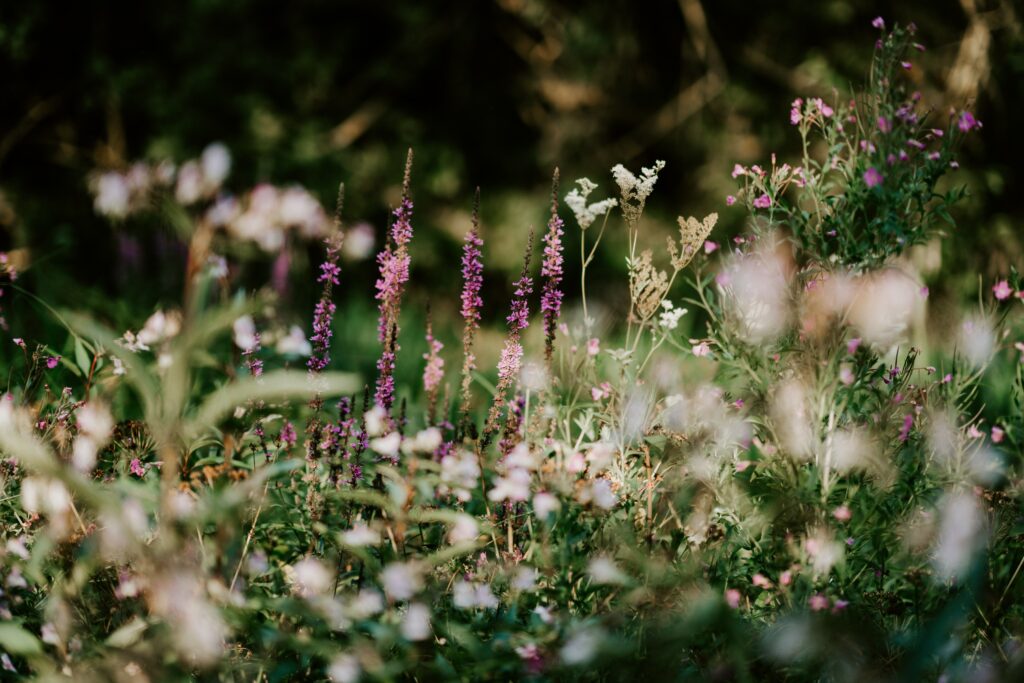
Seasonal Changes and Blooming Periods
Spring-blooming wildflowers
Spring is a magical time for wildflowers, as many species burst into bloom after the long winter months. Bluebonnets, tulips, daffodils, and various types of wild orchids are just a few examples of the stunning wildflowers that grace the landscapes in spring. Their vibrant colors and delicate blossoms serve as a joyful reminder of nature’s resilience and rebirth.
Summer floral displays
Summer is a season of abundant wildflower displays. Meadows, grasslands, and gardens explode with a riot of colors as wildflowers soak up the sun’s warmth. Black-eyed Susans, sunflowers, coneflowers, and lavender are some of the iconic summer wildflowers that capture our attention with their beauty and fragrance. These bold and vibrant flowers attract numerous pollinators and make summer landscapes come alive.
Autumn foliage and late-blooming species
Autumn brings a different kind of beauty to the wildflower world. While some species begin to fade and prepare for winter, others come into their prime, painting the landscapes with rich hues of red, orange, and gold. Late-blooming wildflowers, such as asters, goldenrods, and chrysanthemums, provide a final burst of color before the arrival of winter. Their resilience and ability to bloom during cooler temperatures showcase the tenacity and adaptability of wildflowers.
The Impact of Human Activities
Habitat destruction and its effects on wildflowers
Human activities, such as land development, agriculture, and deforestation, have resulted in significant habitat destruction for wildflowers. As natural habitats are lost or fragmented, many wildflower species lose their homes, leading to population decline or even extinction. It is crucial that we recognize the importance of preserving and protecting the natural habitats that wildflowers depend on to ensure their continued existence.
Invasive species and their threat
Invasive species pose a significant threat to wildflowers and their natural habitats. These non-native plants can outcompete native wildflowers for resources, disrupting the delicate balance of ecosystems. Invasive species can quickly spread and dominate an area, pushing out native plants and reducing biodiversity. Efforts to control and eradicate invasive species are crucial for the protection of wildflower populations and the preservation of natural habitats.
Urbanization and urban wildflowers
Urbanization has had a profound impact on wildflower populations. As cities expand and green spaces diminish, many native wildflowers are replaced with concrete and buildings. However, there is growing recognition of the importance of urban wildflower habitats. Urban gardens, green roofs, and roadside plantings can provide valuable refuges for wildflowers in urban environments. By incorporating wildflowers into urban landscapes, we can create havens for these plants and the wildlife they support.
Sustainable practices to protect wildflower populations
To protect wildflower populations, it is essential to adopt sustainable practices that minimize the negative impact of human activities. Conserving natural habitats, supporting local conservation efforts, and practicing responsible gardening and landscaping are all crucial steps in preserving wildflower populations. Choosing native plants, reducing chemical use, and promoting pollinator-friendly habitats are simple yet effective ways to contribute to the protection of wildflowers and the ecosystems they support.
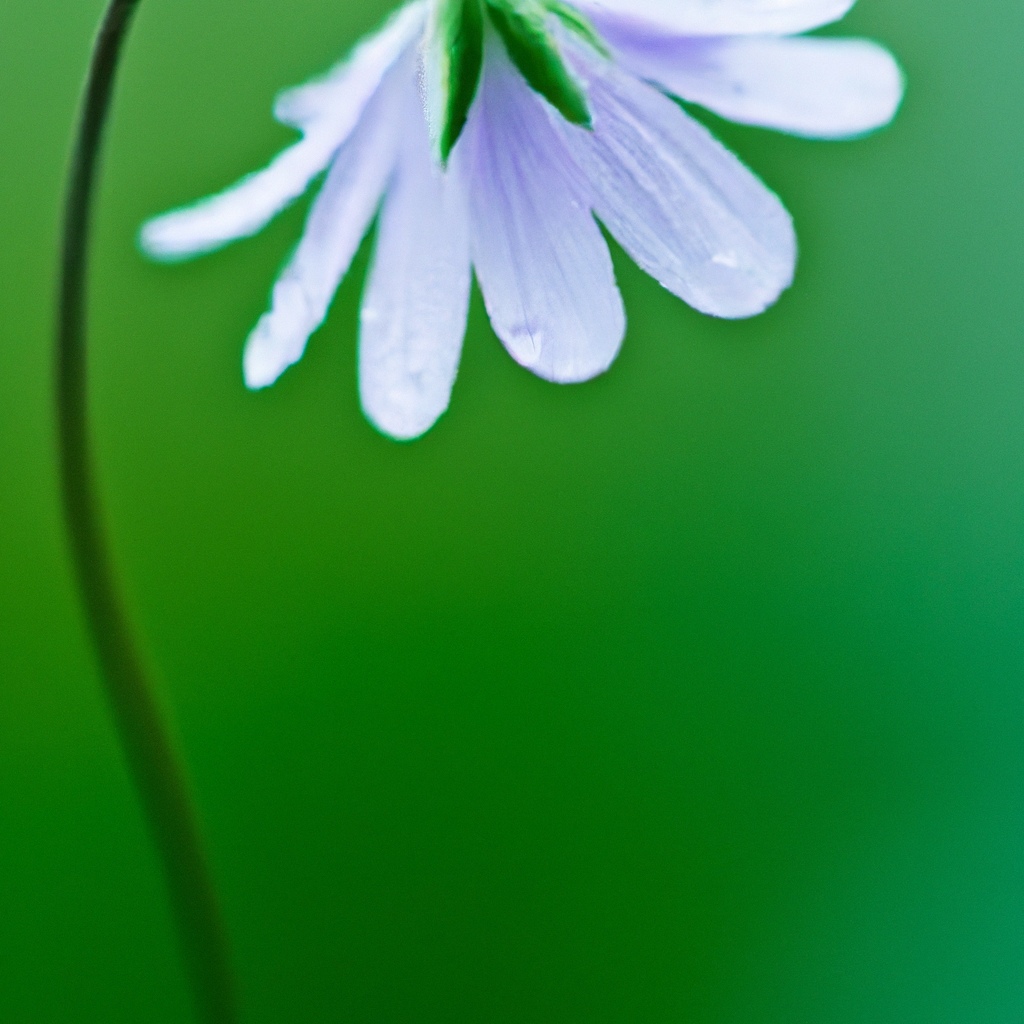
Wildflowers and Wildlife
Wildflower gardens as habitats for wildlife
Wildflower gardens serve as valuable habitats for wildlife. The diverse range of wildflowers provides food, shelter, and nesting sites for various animals, including birds, bees, butterflies, and small mammals. Creating a wildflower garden in your backyard or community space can help support local wildlife populations and provide a haven for these creatures in an increasingly urbanized world.
Attracting birds, bees, and butterflies
Wildflowers have a unique ability to attract birds, bees, and butterflies due to their brightly colored petals, rich nectar, and enticing fragrance. By cultivating wildflowers that are particularly attractive to specific pollinators, such as monarch butterflies or hummingbirds, you can create a haven for these creatures in your own backyard. Incorporating a variety of wildflower species that bloom at different times of the year ensures a continuous supply of food for birds, bees, and butterflies.
Butterflies and their fascination with wildflowers
Butterflies and wildflowers share a special relationship. Butterflies are attracted to wildflowers for their nectar, which serves as a vital energy source. As butterflies visit flowers, they inadvertently transfer pollen and play a role in the pollination process. Wildflowers, in turn, rely on butterflies for their continued reproduction and survival. The intricate dance between butterflies and wildflowers is a testament to the beauty and interconnectedness of nature.
Bird species that rely on wildflower seeds and nectar
Bird species often rely on wildflower seeds and nectar as a source of food. In addition to insects, many bird species are attracted to wildflowers for their nutritious seeds and sweet nectar. Finches, sparrows, hummingbirds, and certain types of songbirds are just a few examples of birds that rely on wildflowers for sustenance. By providing a diverse range of wildflowers in your garden or supporting natural habitats, you can help support these bird populations.
The Beauty of Wildflower Landscapes
Wildflower meadows and their aesthetics
Wildflower meadows are a sight to behold. These vast expanses of colorful blooms create a breathtaking tapestry of nature’s beauty. The mix of different wildflower species creates a diverse and visually stunning landscape that changes throughout the seasons. Wildflower meadows are not only pleasing to the eye but also provide important habitats for pollinators and other wildlife. Creating and preserving wildflower meadows ensures that future generations can experience the beauty and wonder of these natural treasures.
Creating naturalistic gardens with wildflowers
Wildflowers can be incorporated into garden designs to create naturalistic and visually captivating spaces. By choosing a variety of wildflower species that thrive in your region, you can create a garden that requires minimal maintenance and mimics the beauty of the natural world. Whether it’s a small wildflower border or a larger garden, the addition of wildflowers brings vibrancy, biodiversity, and a touch of the wild to any landscape.
Wildflower displays in public parks and reserves
Public parks and nature reserves often showcase the beauty of wildflowers through carefully planned displays. These curated spaces allow visitors to appreciate the diversity and enchantment of wildflowers in a controlled environment. Wildflower displays in public parks are not only visually appealing but also serve as educational tools, inspiring visitors to learn more about the importance of wildflowers and their role in supporting ecosystems.
In conclusion, wildflowers are truly magical plants that thrive in various environments. Understanding their needs and the factors that affect their growth is essential for their successful cultivation and conservation. From meadows and mountains to deserts and wetlands, wildflowers adapt and contribute to the beauty and biodiversity of our world. By appreciating and protecting wildflowers, we can ensure their continued existence, providing future generations with the wonder and joy that these incredible plants bring.
